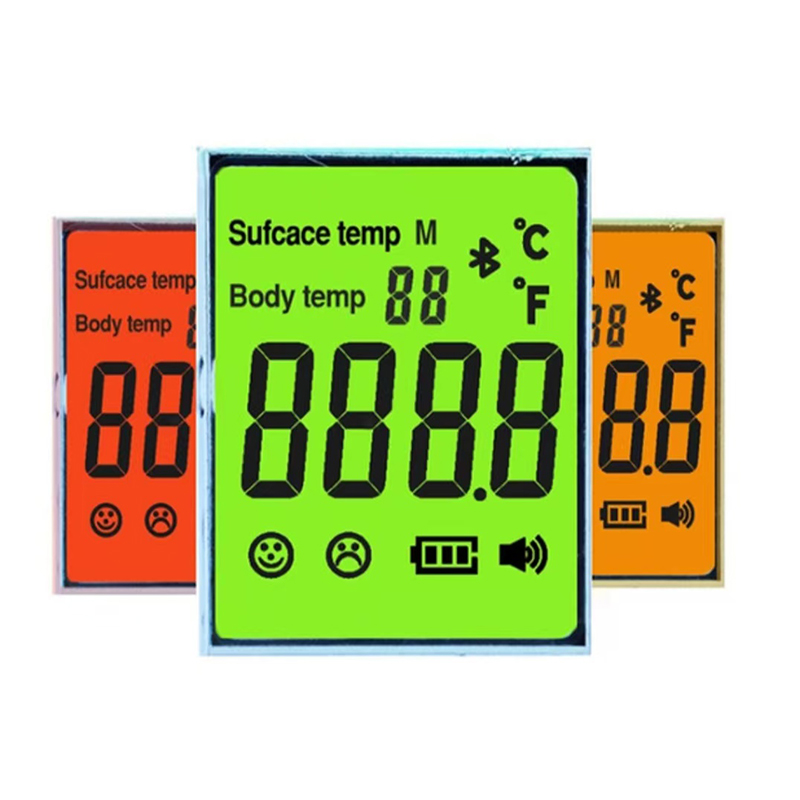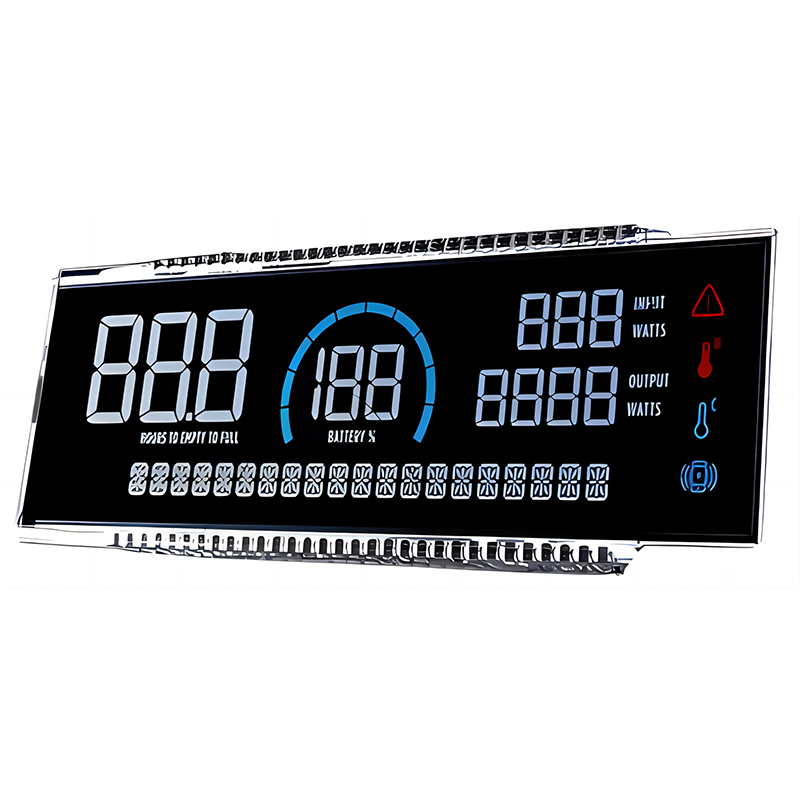
This comprehensive guide explores the technology behind OLED displays, covering their advantages, disadvantages, applications, and future trends. Learn about the differences between OLED and other display technologies, and discover why OLED displays are becoming increasingly popular in various industries. We'll delve into the intricacies of this groundbreaking technology, providing insights for both casual users and technical enthusiasts.
OLED (Organic Light-Emitting Diode) displays are a type of emissive display technology. Unlike LCDs (Liquid Crystal Displays), which require a backlight, OLED displays generate their own light. Each pixel in an OLED display contains organic compounds that emit light when an electric current is applied. This self-emissive characteristic leads to several key advantages, including perfect blacks, superior contrast ratios, and wider viewing angles.
The most significant advantage of OLED displays is their exceptional picture quality. The ability to achieve true blacks (by simply turning off individual pixels) results in incredibly high contrast ratios, making images appear more vibrant and realistic. This is particularly noticeable in dark scenes, where details are often lost on LCD screens.
OLED displays boast a wider color gamut than LCDs, meaning they can reproduce a broader range of colors with greater accuracy. This leads to more vivid and lifelike images, perfect for applications such as high-definition televisions and professional-grade monitors.
OLED displays are known for their incredibly fast response times, eliminating motion blur and making them ideal for gaming and fast-paced video content. This speed advantage makes the viewing experience significantly smoother and more enjoyable.
The absence of a backlight allows for significantly thinner and lighter designs compared to LCDs. This is a crucial factor in the development of portable devices such as smartphones and laptops.
One potential drawback is the risk of burn-in, where static elements on the screen (like a news ticker or always-on clock) can leave a faint permanent image. However, advancements in technology have significantly mitigated this issue. Modern OLED displays employ various techniques to prevent or minimize burn-in.
The manufacturing process for OLED displays is more complex and expensive than that of LCDs. This often translates to a higher price point for OLED devices compared to their LCD counterparts.
While OLED technology has improved significantly, the lifespan of OLED displays is generally shorter than that of LCDs. However, the lifespan is still long enough for typical consumer use.
OLED displays are used across a variety of applications, including:
Selecting the appropriate OLED display depends on your specific needs and budget. Factors such as screen size, resolution, response time, and color accuracy should be considered. Researching reviews and comparing specifications from different manufacturers will help you make an informed decision. Consider exploring the latest innovations from companies like Samsung and LG, known for their high-quality OLED panels.
The technology behind OLED displays continues to evolve, with ongoing research focused on improving efficiency, lifespan, and affordability. We can expect to see even more innovative applications of this technology in the years to come, further blurring the lines between reality and virtual experiences. For example, advancements in micro-LED technology might even further enhance the picture quality currently offered by OLED.
| Feature | OLED | LCD |
|---|---|---|
| Black Levels | True Black | Dark Gray |
| Contrast Ratio | Infinite | High, but limited |
| Response Time | Very Fast | Slower |
| Viewing Angle | Wide | Narrower |
For high-quality OLED display solutions, consider exploring the innovative offerings from Dalian Eastern Display Co., Ltd.. They offer a wide range of cutting-edge display technologies.
Note: While every effort has been made to ensure accuracy, specifications and information are subject to change by manufacturers.












